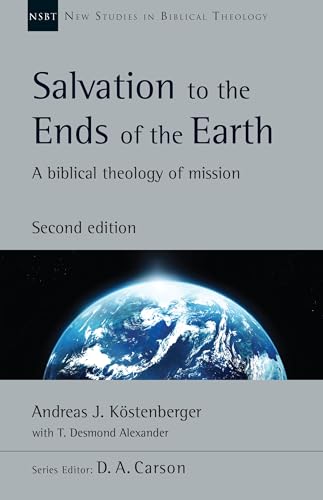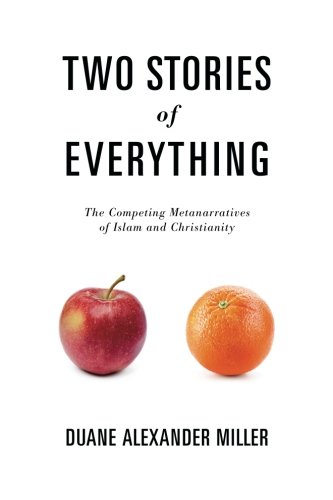Salvation to the Ends of the Earth: A Biblical Theology of Mission
Written by Andreas J. Köstenberger with T. Desmond Alexander Reviewed By Craig OttThis second edition of Salvation to the Ends of the Earth is not merely the simple update of the first edition (2001) but is rather a major revision. Peter O’Brien is no longer coauthor, and T. Desmond Alexander has contributed an entirely new chapter on the Old Testament. The remainder is now the sole work of Andreas Köstenberger of Midwestern Baptist Theological Seminary. The New Testament material is significantly reworked and restructured, for example integrating James and Hebrews with the discussion of Matthew’s Gospel, Peter and Jude with Mark, and the Pauline corpus with Acts. A new subsection has also been added to each chapter titled “Contemporary Relevance.”
Several features characterize this work. First, the author approaches the biblical text from the standpoint of historic evangelical convictions. Second, it is a biblical theology in the strictest sense, not a systematic theology or missiology. Accordingly, he discusses biblical texts in terms of their canonical and historical contexts, and sources are drawn almost exclusively from academic biblical studies. There’s virtually no interaction with contemporary thematic discussions in theology of mission. Third, this is primarily a New Testament biblical theology of mission. Alexander is tasked with covering the entire OT in but one chapter of twenty-nine pages. 224 pages are then devoted to the New Testament, followed by a twenty-page appendix on the Second Temple period.
Finally, mission is narrowly defined, primarily in terms of proclamation. As explained in the introduction, “On a general level, the criterion for inclusion of a given portion of Scripture for discussion in the present volume may simply be that it relates in a significant way to the proclamation of God’s name and of his saving purposes in Christ to the unbelieving world” (p. 4). Considerable attention is also given to the inclusion of gentiles in the New Testament people of God. However, other prominent biblical themes relating to mission—such as the universality and particularity, or missional ecclesiology—remain largely unexplored.
The text reads much like a running commentary on selected Bible passages, walking book by book through the New Testament. Apart from a concluding chapter, there is little attempt to trace an overarching theme. Thus, the value of this text is found in its discussion of specific New Testament texts in terms of their historical and canonical background. Extensive footnotes point the reader to helpful related literature in biblical studies. Readers desiring a more comprehensive, thematic approach or an examination of these texts in light of current missiological discussions will need to look elsewhere.
Craig Ott
Craig Ott
Trinity Evangelical Divinity School
Deerfield, Illinois, USA
Other Articles in this Issue
Exclusion from the People of God: An Examination of Paul’s Use of the Old Testament in 1 Corinthians 5
by Jeremy Kimble1 Corinthians 5:1–13 serves as a key text when speaking about the topic of church discipline...
Is it possible to speak of a real separation between Jewish and Christian communities in the first two centuries of the Christian era? A major strand of scholarship denies the tenability of the traditional Parting of Ways position, which has argued for a separation between Christians and Jews at some point in the second century...
A Tale of Two Stories: Amos Yong’s Mission after Pentecost and T’ien Ju-K’ang’s Peaks of Faith
by Robert P. MenziesThis article contrasts two books on missiology: Amos Yong’s Mission after Pentecost and T’ien Ju-K’ang’s Peaks of Faith...






